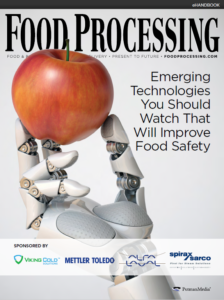

UtilityDive.com – Long-duration energy storage: The future of grid stability

Accelerate Magazine – Thermal Batteries Cut Cold Storage Energy Costs
Accelerate Magazine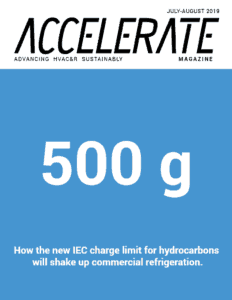
Viking Cold & Eversource Project Selected as Finalist for 2019 ESNA Innovation Award
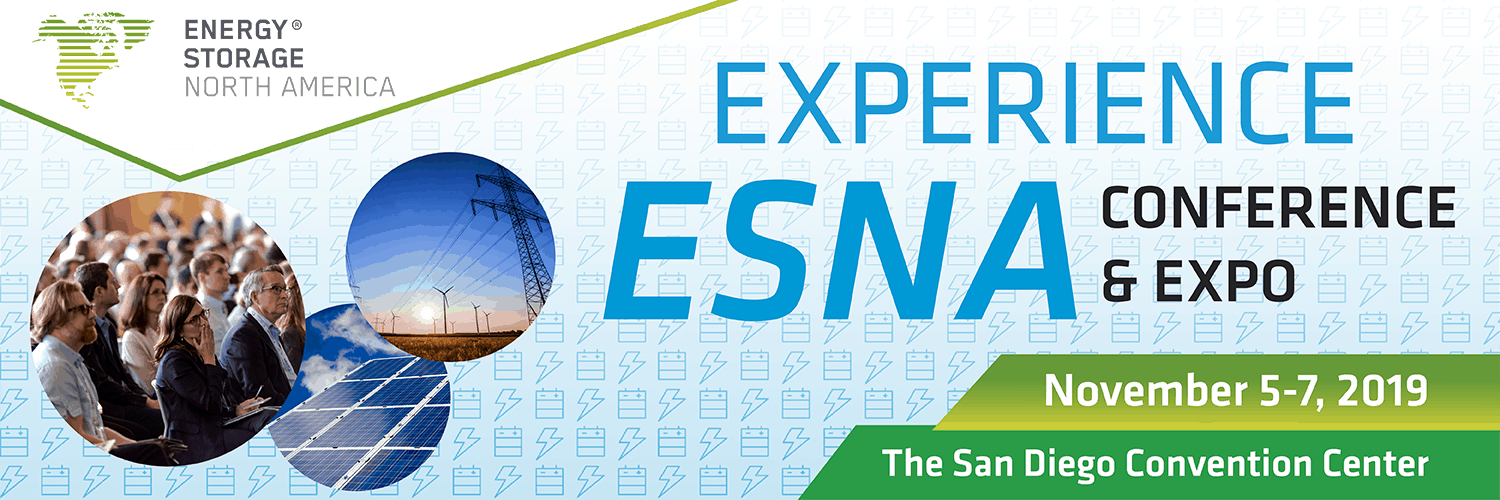
Viking Cold has been recognized for its deployment of eight Thermal Energy Storage (TES) systems as part of a utility-backed demand management program in Massachusetts. These behind-the-meter TES systems store and facilitate the management of approximately 1.3 MW of energy onsite. This project is noteworthy because Viking Cold’s solution leverages the facilities’ existing refrigeration systems to store cold energy and discharge it over long periods of time (up to 13 hours) when it is most beneficial for the grid and the facility operator, thus lowering energy costs, increasing resiliency, and helping the environment.
The Greater Boston Food Bank, the program’s first installation, has already seen a 75% reduction in energy consumption and a 76% reduction in demand during its four-hour peak demand period.
“As the largest hunger relief organization in New England, our goal is to provide healthy meals to those in need across Eastern Massachusetts,” said The Greater Boston Food Bank SVP of Supply Chain and Food Acquisition, Cheryl Schondek. “We strive for cost-saving operational efficiencies, and our partnership with Eversource and the installation of the Viking Cold TES system better enables us to achieve this goal. We appreciate their commitment to our mission to end hunger here.”
You can read more about the TES project online here.
Please help Viking Cold win this year’s ESNA Innovation Award – you can vote with the form online here. Deadline is September 12, 2019.
GCCA Cold Facts – A Savvy Proposal for Energy Efficiency

Progressive Grocer: Sustainable Supermarket Refrigeration Systems Becoming the Norm
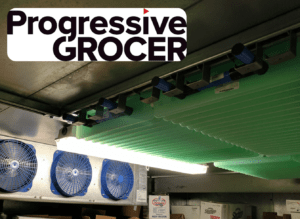
FoodDive.com – Using frozen food as a battery to lower energy costs?
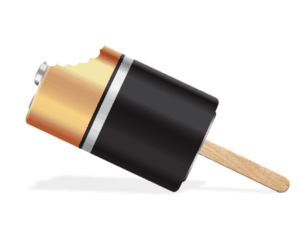
Viking Cold Named Food Logistics Top Green Provider for 3rd Year in a Row

Improved Sustainability & More Resiliency for the Power Grid and the Global Food Supply
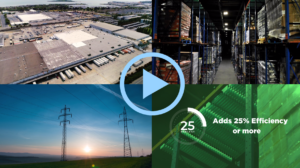
Energy Efficient, Flexible, Resilient, and Sustainable
Viking Cold is a thermal energy management company that makes cold storage facilities more energy efficient, flexible and sustainable with our thermal energy storage (TES) technology.
Read More →
Release: Viking Cold Solutions Installs 1.3 MW of Thermal Energy Storage in Industrial Cold Storage Facilities as Part of a Massachusetts Utility Demand Management Program
ENERGY-SAVING THERMAL STORAGE SYSTEMS SUCCESSFULLY DEPLOYED IN WAREHOUSES OWNED BY LOGISTICS COMPANIES, FOODSERVICE DISTRIBUTORS, FOOD PROCESSORS, AND NON-PROFITS
HOUSTON and BOSTON (GLOBE NEWS WIRE) – Viking Cold Solutions, the leading thermal energy storage provider for low-temperature cold storage industries, has completed the installation of eight Thermal Energy Storage (TES) systems as part of a utility-backed demand management program in Massachusetts. These eight behind-the-meter TES systems store and facilitate management of approximately 1.3 megawatts (MW) of energy onsite, and do not require any additional real estate for the system components. The average size of the cold storage facilities in the program is approximately 50,000 square feet, with the largest being 157,000 square feet.
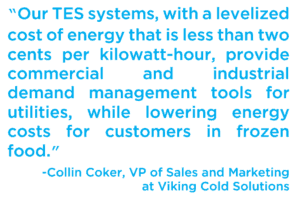
Energy is the second highest direct operating cost for cold storage operators, who must run their refrigeration systems nearly 24 hours per day. Additionally, these facilities have the highest energy demand per cubic foot of any industrial category on the grid. Viking Cold’s TES systems not only store enough energy to cycle off refrigeration for up to 13 hours per day to avoid time-of-use and demand charges, they also improve the existing refrigeration systems’ efficiency and reduce consumption by more than 25 percent.
Read More →